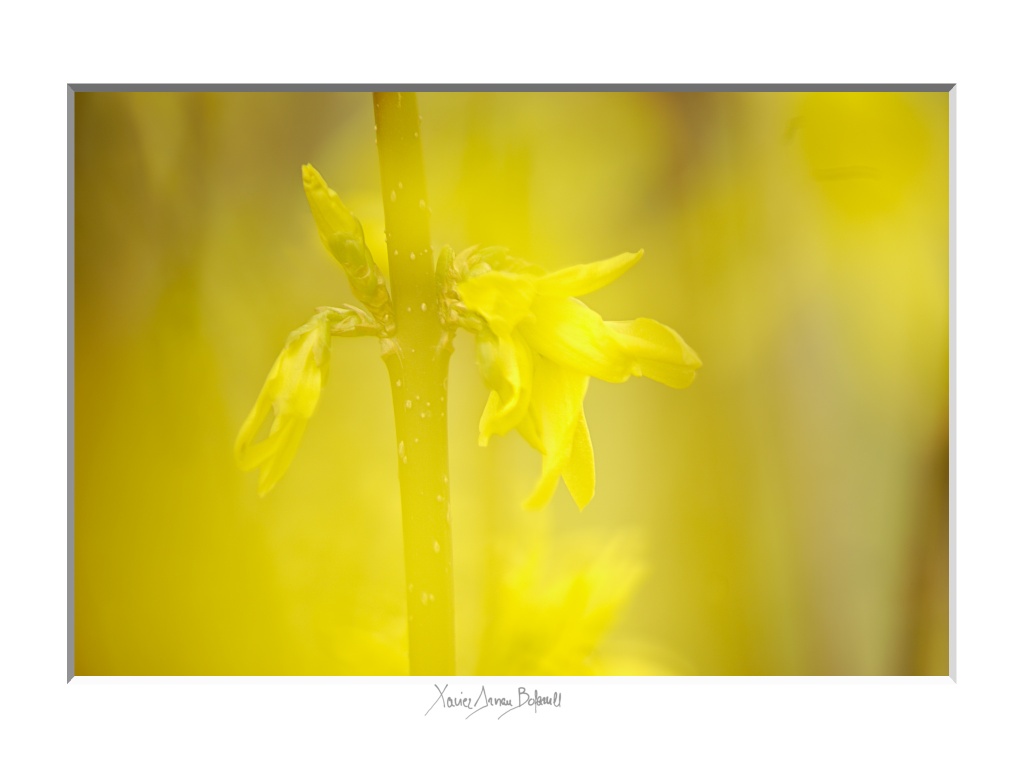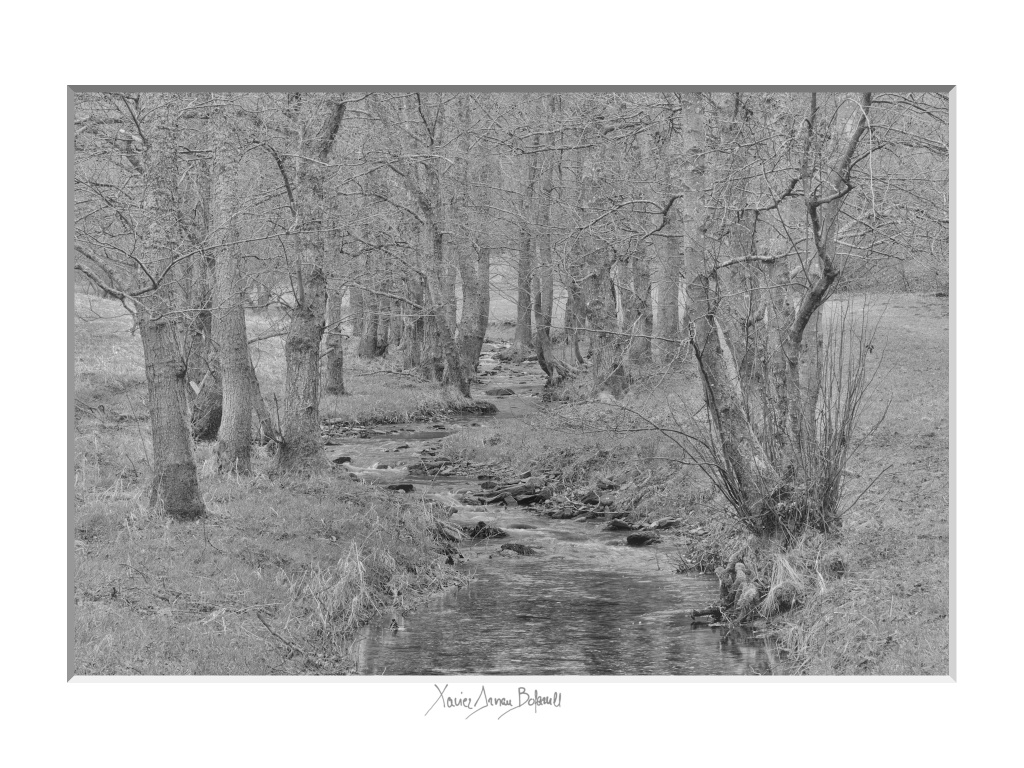Last months I had wandered some hidden gorges. The streams had eroded the terrain, revealing how many layers of sediments there are under our feets. Sediments show us the immensity of geologic time.
Inside the nooks, the time stood still.



Getting lost in landscapes with a photo camera
Last months I had wandered some hidden gorges. The streams had eroded the terrain, revealing how many layers of sediments there are under our feets. Sediments show us the immensity of geologic time.
Inside the nooks, the time stood still.



Last August was the hottest month yet recorded. Some heatwaves across Europe, in conjunction with unusually drought, have led to a summer of extreme high temperatures and forest fires in many parts of Europe, with disastrous consequences for society and nature in various ways.
Some regions in Germany reminded me of the semi-arid plateau (Meseta) of the central region of Spain, Castile.
Being in the need of fresh air and, yes, water, I decided to hike and to photograph in the Bohemian Forest, known in Czech as Šumava, a heavily eroded old mountain range in Central Europe.
Šumava,the Bohemian Forest is the dividing range between the watersheds of the Black Sea and the North Sea, and because the heavy precipitation, the Šumava region is an important water reservoir for Central Europe.
While hiking, I took some pictures of the streams and the woods, and although some days before my arrival it rained a lot, I could see the damage caused by drought.



For weeks, Germany, as many other countries, is reeling under a heatwave and a severe drought.
For weeks, the sky without clouds remembered me of the skies of the Mediterranean Sea.
For weeks, I didn’t take the camera.
Two days ago, the weather report announced a front with clouds and rain. I took the camera and went out to the Taunus.
The clouds came, but they didn’t bring the so much wanted rain.


On the hottest expected day of the last heat wave of July, I woke up early in the morning and went out looking for the rest of the cool night air.
As I approached the banks of the little stream that flows throughout the western boundary of the municipality, I heard the murmur of a very little waterfall.
The coolness of the air, the sound of the water flowing, and the gentle and subtle light reflected for the sky allowed to me to enjoy the deep beauty of nature, appreciating all the subtle changes in mood, that the shifting light produced.


I live in a densely populated region between roads, highways, and industrial parks, a set of ordinary places with ordinary subject matter, a small wood, a stream and a pool. These – the wood, the stream and the pool – therefore are the three landscapes where I have carried out my photographic fieldwork.
In these unusual and lesser visited locations, I spent a lot of time trying to get great landscape pictures and, even though I learned a lot and I enjoyed being outside having fun, in the end, I believed I had nothing of value in terms of quality images for most of these excursions. For a long time, I believed that the quickest way to build a beautiful landscape image portfolio was to photograph beautiful landscape locations.
But now, I know that is not true. It’s more a question of a serious work on a long process of apprenticeship. It is possible to take good pictures of ordinary places with ordinary subject matter. It is just a question of trade.
In this way, I started with the Local Landscapes project.




In the heart of the Catalonian Pyrenees there is the Alt Pirineu Natural Park, the largest natural park in Catalonia, a rugged landscape of peaks that tower above forests, grassy meadows, peaceful lakes and wild rivers and streams.
In the heart of the Alt Pirineu Natural Park there is the town of Alins, and between the warren of little streets of Alins, it is possible to appreciate a cup of Pyrenees herbal tea in the interesting bookshop, NaturaLlibres – something like Nature Books -.
But, to be honest, NaturaLlibres is more, much more than a bookshop.
Beside Mountain Guidebooks and maps, you can find a subtle selection of Nature, Travel, History and Ecology books, a special collection of books that reflects the owner’s outstanding expertise.
I spent a couple of days there, taking short hikes and pictures in the morning and participating in lively literature discussions in the evening.

Europe has some interesting glacial landscapes. shaped during the last glacial cycle, encompassing the period (c. 115,000 – c. 11,700 years ago).
As a glacier recedes, it leaves behind superb landscapes of meadows, moors, lakes and streams, and green forests.
At the end of April, I decided to visit one of these beautiful landscapes. I was lucky enough. I found deserted tracks and trails, and lakes with luminous woods and quiet waters.


When speculating about the future of landscape photography one has to consider the climate of the world in which we live today…[where]…there is an abundance of topics that can be explored…. Social environments, political and national boundaries, globalization, continued urbanization, the vanishing family farm and the rise of the corporate one, or any number of other topics…[and]…look inward as well, exploring the psyche and personal impact of an ever-changing world….
– Kathleen Larsen.
I agree with Kathleen Larsen: when speculating about the future of landscape photography, one has to consider the climate of the world we live in today.
Regrettably, since Kathleen Larsen wrote her article, the climate of our ever-changing world is getting worse and worse…. and the landscapes are more and more landscapes of loss and destruction.



As all we know, the March 21 is the astronomical beginning of the spring season in our Hemisphere. But, in fact, Spring began earlier in Germany this year.
Nature goes on in its unstoppable course even with the serious problems and disasters related to our existence.
Spring is finally arrived, and we are having hot and sunny days.
This was one of the reasons why I took my camera and decided to look for new subjects, in spite of the sunny days.
At home, I realized that I came with some interesting close ups of flowers. I considered that flower close ups could be interesting subjects to work on and I decided to start a new project: Flower Close Ups.

Let’s just concentrate on where we are
There’s beauty enough in being here, not elsewhere
– Alberto Caeiro
I don’t have a philosophy: I have senses…
If I talk about Nature, it’s not because I know what it is,
But because I love it, and that’s why I love it,
Because when you love you never know what you love,
Or why you love, or what love is.
– Alberto Caeiro.
In the last days of winter I went for a hike in the Taunus mountain range. I didn’t find the unexpected, magnificent and astonishing landscapes that can be seen in travel or landscape photography magazines.
What I found were lethargic landscapes inhabited by yellow grasses and bare bushes and trees, unique witnesses of a humble nature of quiet beauty.

